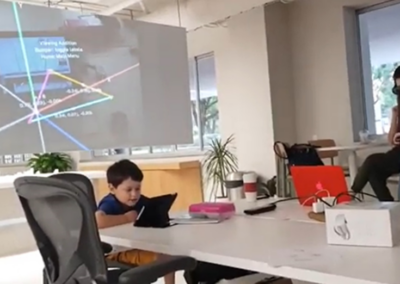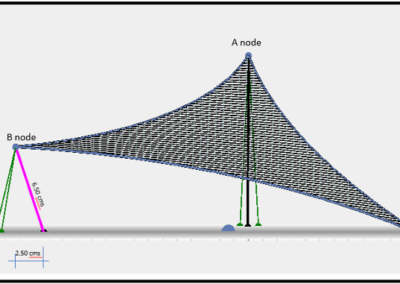University of Miami is proud to announce a hemispheric collaboration in the realm of engineering education using augmented reality (AR) technology with Tecnológico de Monterrey.
The project was developed by student developers from the UM IT Innovate team along with Dr. Arboleda from the University of Miami’s School of Engineering. The project has become a regular part of Dr. Arboleda’s curriculum and includes several modules. Professor Adriana Díaz Marchetti, Dr. Mario Covarruvias and José Luis Del Castillo, faculty at The University of Miami’s cross-hemispheric partner, Tecnológico de Monterrey (México), are also incorporating the project in their Statics’ curriculum, as well as collecting data from student experiences using the application with the support of David Daza, from the Vice Rectory of Academic and Educational Innovation at Tecnológico de Monterrey.
“Vectors in Space” is designed to help students understand vectors represented in a 3-dimensional (3D) space which is a fundamental subject for engineering studies. Statics is mostly taught in a two-dimensional environment even though it involves three-dimensional concepts. Lack of proper curriculum presentation of vectors results in the students struggling with spatial visualization, a situation often encountered in the study of Statics and other Mechanics courses. Vectors In Space uses the head mounted Magic Leap headset to extend students’ experience with vectors from 2D to 3D.
This activity, with the help of a Tensile Structure, will help students to connect theory with reality, allowing them to understand how the concepts learnt in the classroom are really representing elements in the real world by means of identifying them in real-life situations.
The two institutions are now collaborating to test prototypes created at the University of Miami. Further development of Vectors in Space to module three will expand the collaboration between the institutions. The goal of this project is to develop a remote collaboration application that will push the current boundaries of real-time collaborative AR.










